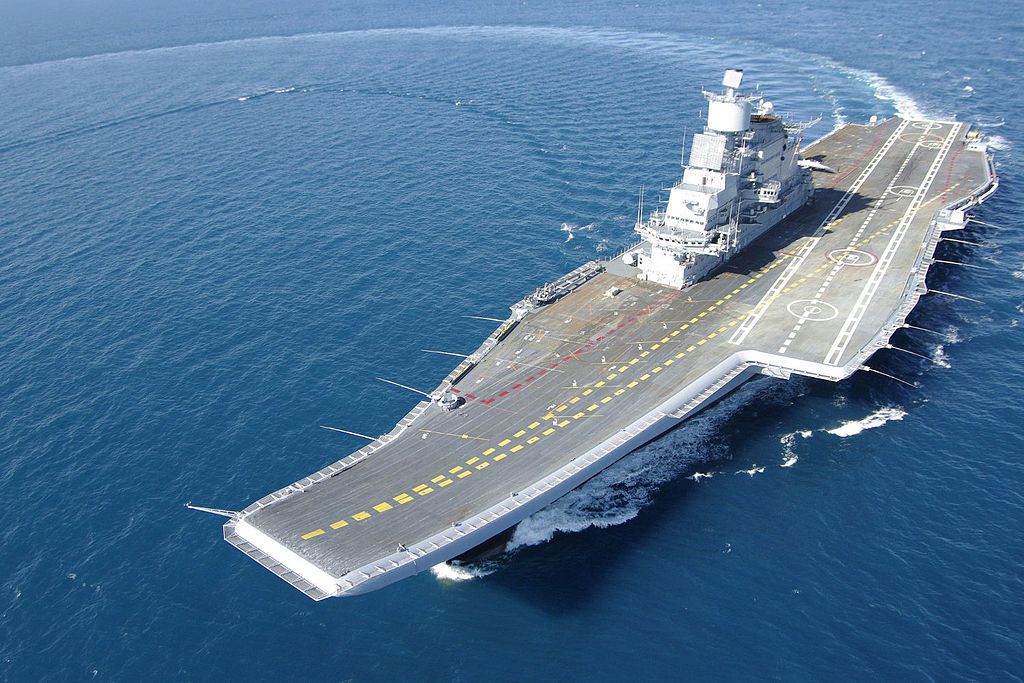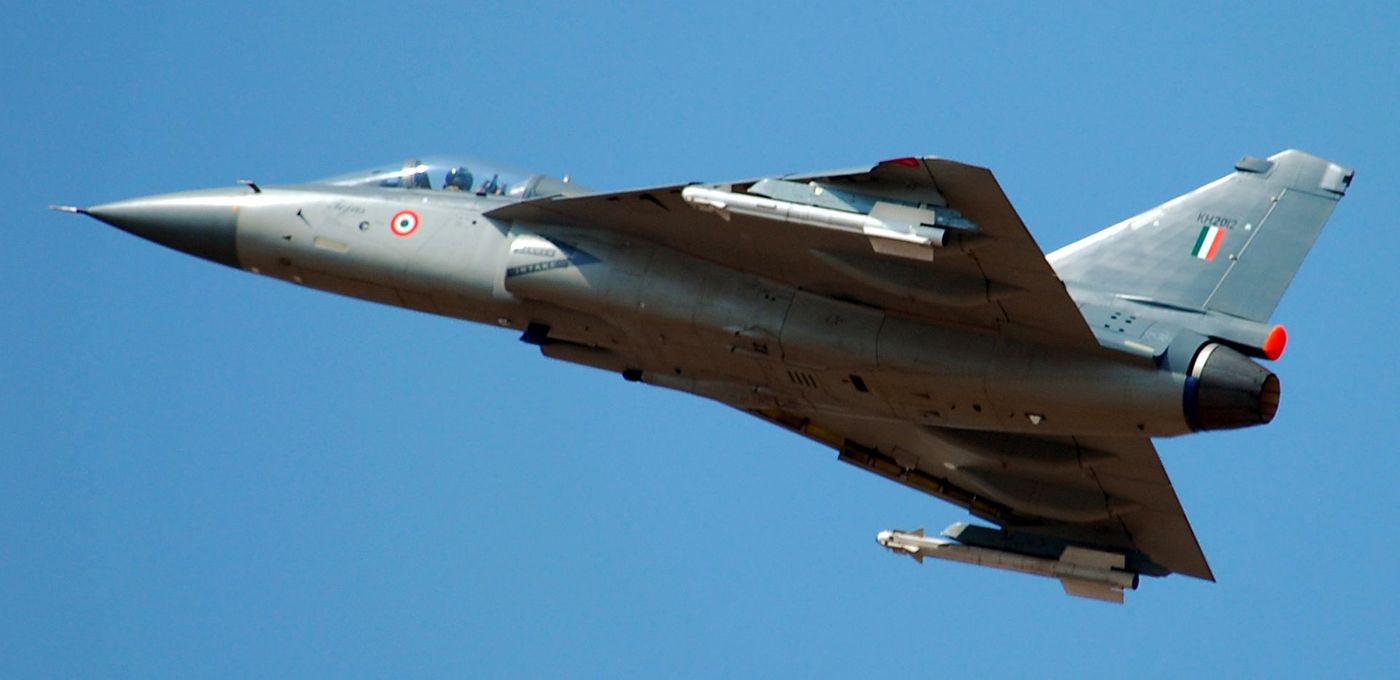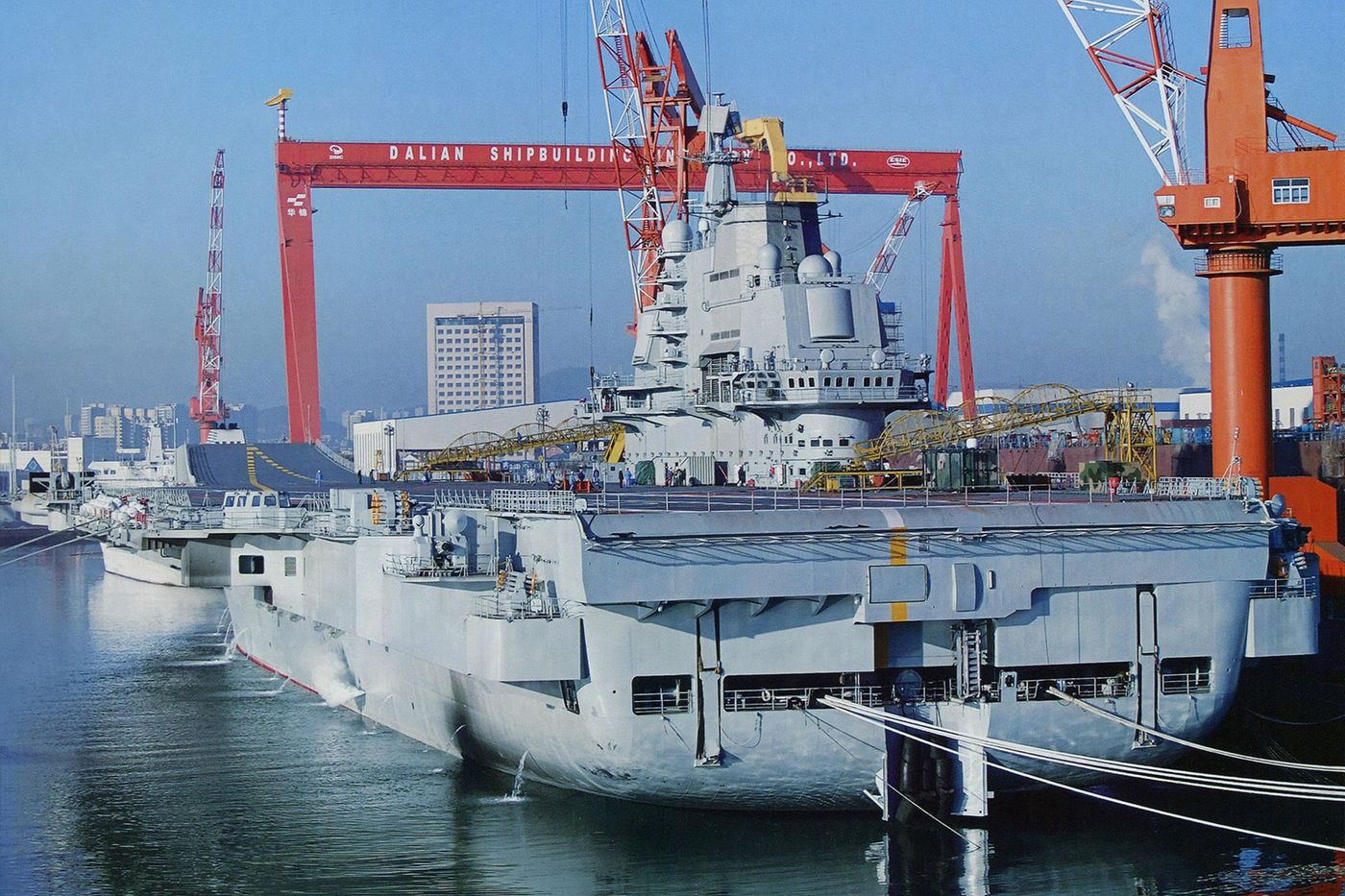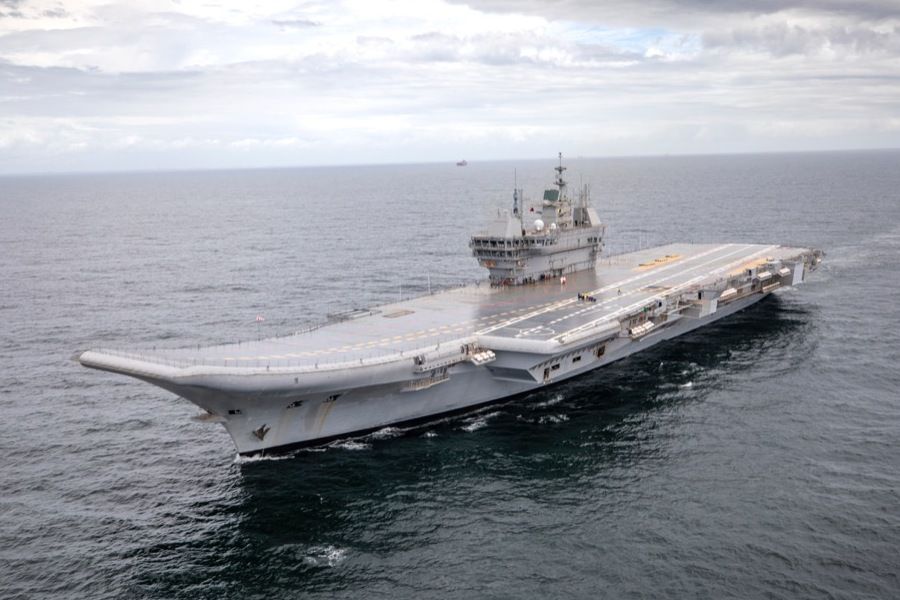After Yujia's reincarnation, India's domestic aircraft carrier can have a head start
The original text was published on 2021/9/11 " Multidimensional News "
The first domestically produced aircraft carrier "INS Vikrant" of India, a major country in South Asia, will make its maiden voyage on August 4, 2021, starting a two-year sea trial operation. "Pacific strategy", the United States, which is jointly blocking the Chinese mainland, is naturally happy to hear it, and Taiwan, which believes that it shares "the same liberal and democratic values" as India, may also secretly delight in India's plan to develop its own aircraft carrier. When Wutong happened, India was able to hold back China in the southwest of the mainland. The Vikrant's maiden voyage has experienced many bumps and set many "records". What does its maiden voyage, actual installation, and follow-up plans mean?

"Spend money for a while, crematorium afterwards" India's aircraft carrier fleet has become a military history
Although the Vikrant is India's first self-made aircraft carrier, India has a lot of experience in using aircraft carriers, because this is already India's fourth aircraft carrier, and India has previously purchased three aircraft carriers.
The first was in 1957. India bought the "Hercules", one of the "Majestic class" light aircraft carriers during World War II from the British colonial mother country. The "INS Vikrant" (INS Vikrant) was decommissioned in 1997, and its name was adopted by the first Indian-made aircraft carrier that had just been launched for sea trials.

The second ship was also purchased from the United Kingdom. The "HMS Hermes" among the "Centaur class" aircraft carriers started construction in 1944. It was completed in 1959 and entered service in 1982. Falklands War against Argentina, until decommissioned in 1984, sold to India for £25m in 1986, renamed INS Viraat, which was decommissioned in 2017.

The third is the only active INS Vikramaditya in India, which was originally the fourth ship of the Soviet-era Kiev class aircraft carrier, the Admiral Gorshkov. (Admiral Flota Sovetskogo Soyuza Gorshkov), formerly known as "Baku", the ship was launched in 1982, commissioned in 1987, renamed in 1990, shelved after a boiler explosion in 1994, and was later given to India in 2004 . Despite the name "send", Russia is still very business-minded to charge India for modification fees and carrier-based aircraft. The modification fee is $2.9 billion, and the carrier-based Mig-29K fighter charges $5 billion. Russia used the fee to reopen the Mig-29K production line in the country and plans to replace the Su-33 carrier-based aircraft of its only aircraft carrier, the Admiral Kuznetsov.

India, which has been beaten by Russia, is really unhappy about this, and is determined to carry the "HAL Tejas" that it has spent 30 years researching and developing, and put it on board the Vikramaditya in January 2020. Complete takeoff and landing tests. The size of the carrier-based Tejas fighter has been increased, and the take-off weight has increased from 13 tons to 17 tons. However, compared with China's J-15, Russia's Su-33 and Mig-29K, they are all smaller than other heavy fighters. , the radar power, endurance and ammunition capacity are insufficient, and at the same time, it does not have the function of stealth.

After experiencing "30 years of experience in self-developed Tejas fighter jets", India still had to compromise with reality and purchase equipment in the international arms market. In the face of India's large-scale spending, the reverse imitation capability is also "reassuring" The excellent buyers of arms exporters are naturally smiling at them. It's just that the "internationalization" of armament may cause India's logistics system to fall into a crematorium. Whether it can really drag the People's Liberation Army back in the southwest, the Taiwan authorities may be cautious.
"Record" over 20 years of sharpening a sword, the first domestic aircraft carrier Yujia Samsara
Although self-research capabilities still need to work hard, as the only major country in South Asia, and across the Himalayas, China, a neighboring country that originally lags behind in the number of aircraft carriers, has already put the self-produced "Shandong" into service in 2019. , and together with the purchase of the "Liaoning" converted from the "Varyag" from Ukraine, whether it is technology or quantity, India has achieved corner overtaking, which really shocked India.

India has made every effort to build its own aircraft carrier, the Vikrant. The ship is 262 meters long and 62 meters wide. It is equipped with four General Motors LM2500 gas turbine engines, and the deck uses conventional power. The ski-jump took off, with a full-load displacement of about 40,000 tons, and the tonnage is roughly similar to China's 075 amphibious assault ship.

The tonnage of this aircraft carrier is not large, but it has created a world record for the ultra-long construction time. Based on the experience of other major powers in the construction of aircraft carriers, the construction of the first ship of a new class of aircraft carriers usually takes a long time. The Gerald R. Ford CVN-78 of the American "Gerald R. Ford-class" aircraft carrier took about 7 years from construction to service; the British "Queen Elizabeth" (Queen Elizabeth-class) Elizabeth-class), that is, the HMS Queen Elizabeth, which has just cruised in the South China Sea recently, is 8 years old; China's "Liaoning" and "Shandong" are 7 years and 6 years respectively. Years; France's "Charles de Gaulle" (Charles de Gaulle R91) was built for 12 years because it was the first to use nuclear power technology.

Usually, after laying the keel of an aircraft carrier, it will be launched in 3 to 5 years, and then put into service after outfitting and sea trials. India's "process" is obviously external to the system. The Vikrant began design work in 1999. The keel was placed in 2009. During this period, it experienced three "launches" and "rework" in 2011, 2013 and 2015. Finally, the sea trial was officially carried out this year, and the official service time was repeatedly postponed, from the original estimated 2014. Postponed to 2018 and then to the most recent estimate of 2022, the estimated cost of this nearly 22-year period is more than $2.9 billion. Under normal circumstances, from sea trial to delivery, one year should be possible, but according to the current situation in India, the reference significance of the 2022 deadline may be greater, and the Vikrant may have to fall into the "003" with China. The aircraft carrier "to the point of launching a competition.
India has also planned the second ship of the "same class", named "INS Vishal". In design, the tonnage of the ship has been directly increased to 65,000 tons, which is close to the Liaoning, and will be directly adopted. The nuclear-powered engine, the deck adopts electromagnetic ejection, which completely refreshes the design of the first ship Vikrant, which can already be a new class. However, the Indian Navy still classifies the ship as Vikrant and is expected to serve in 2025. . Such an "ambitious" plan may allow people to observe, when will this second ship be delayed in service? How does electromagnetic catapult catapult on ski jump deck? But it's all just on the drawing board.
Like my work? Don't forget to support and clap, let me know that you are with me on the road of creation. Keep this enthusiasm together!

- Author
- More